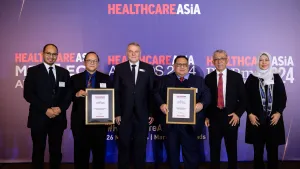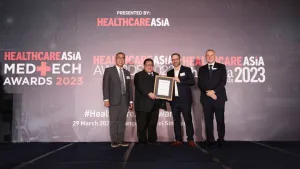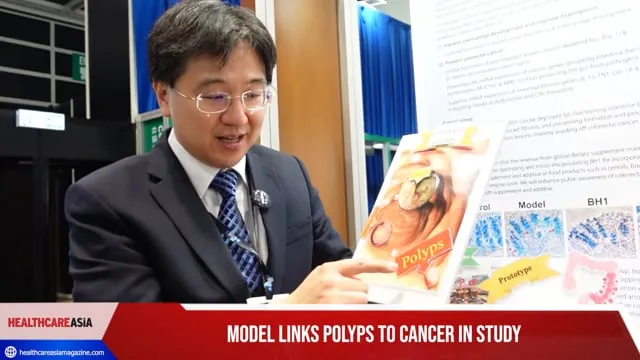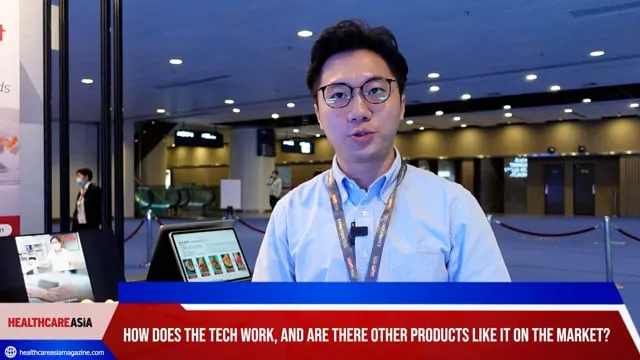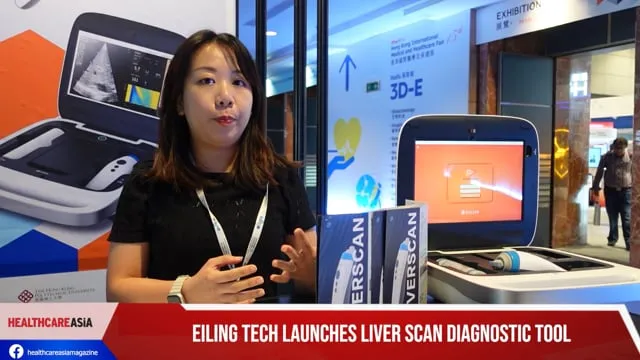
Why increased cardiovascular incidence can be financially catastrophic for APAC
Direct and indirect costs can weigh heavily on patients’ and the economy’s wallets.
Increased cardiovascular diseases (CVDs) incidence can be financially catastrophic for the Asia Pacific (APAC) region in low and middle-income contexts as CVDs can have serious consequences for not only patients’ functional abilities but as well as public finances, according to a report by The Economist.
Research indicates that public finances are hit by the loss of citizens from the economy due to early retirement or physical impairment, with knock-on effects for economic productivity and tax revenue.
The report touched on how an Australia based estimate in 2009 found that early retirement due to CVDs had a national aggregate impact of $781m in lost income, $160m in lost income taxation, $60m in government benefits and $531m in lost gross domestic product (GDP).
The cost data presented in the report represented the total cost of CVD in a particular country due to a specified risk factor, and were divided into direct and indirect costs. Direct costs included hospitalisation, drugs, rehabilitation and outpatient care whilst indirect costs comprised of productivity losses, informal care and costs due to early mortality and early retirement.
Also read: Singapore needs to control inpatient costs amidst high medical inflation
The Economist’s report analysed cost estimates based on published medical literature of the direct and indirect costs of CVD in eight APAC markets: Japan, Australia, Thailand, Singapore, China, Taiwan, South Korea and Hong Kong.
“On the whole, the indirect costs of CVD outweigh the direct costs, reflecting the longer-term disability impact of stroke, with 57% of the total costs incurred across the selected APAC markets are the so-called indirect impacts versus 43% that are attributed to direct costs,” the report’s authors said.
In terms of direct costs, heart failure patients in Asia spend between five to 12.5 days in a hospital, with 3% to 15% readmitted within 30 days, according to one study analysed by the report. As a result, they incur costs varying from $813 in Indonesia to nearly $9,000 in South Korea.
“In Taiwan, medical costs during the first year of an acute stroke - comprising hospitalisation, readmission and ambulatory care at 44%, 29% and 27% of total costs respectively - were reported as $5,553,” the report noted.
Staff wages are a major determinant of these hospital costs, with Martin Cowie, professor of cardiology at Imperial College London, citing that such costs range from the surgical specialists who perform procedures to the administrative and management staff.
Meanwhile, in the context of an ageing region which already faces a fiscal challenge as the non-working share of the population grows relative to the working share, indirect costs will be of increasing significance.
Also read: Japan's healthcare analytics market to boom as ageing population soars
“The burden of indirect costs are particularly high for those with lower incomes,” the report’s authors noted. “One China-based study found that catastrophic health expenditure (CHE) could be higher than 50% for low-income rural families.”
According to Dr. Shin Young-soo, World Health Organisation (WHO) regional director for the Western Pacific, late detection of CVDs lead to people dying younger and often in their most productive years.
“There is sufficient evidence at the household level to prove that CVDs and other non-communicable diseases (NCDs) contribute even more to poverty, owing to high out-of-pocket expenditures,” he said in the report. “This has ramifications in other sectors that then feed into the lack of effective and equitable healthcare services that are responsive to society’s needs.”
APAC’s CVD burden sits within the broader context of a rise in NCDs, due partly to ageing populations and partly to economic transition. According to the report, efforts to increase access to healthcare over recent decades may be undermined if cost-cutting measures are required to balance the books.
In Hong Kong, CVDs levy $4.8b in indirect and direct costs on individuals, their households and the public finances, whilst modifiable risk factors account for an estimated $3.1b, or approximately 65%, of the total costs of CVD.
“Understanding the high degree of these costs across Asia can help raise the need for a greater focus on minimising, preventing and ameliorating the effects of CVDs,” the report’s authors said.
Also read: Japan banks on big data solutions to keep healthcare costs in check
Fortunately, many of the risk factors for CVDs such as high cholesterol, hypertension and obesity are modifiable through primary and secondary preventions across behaviour, lifestyle and medical domains. Innovation in service delivery and greater leveraging of data, digital technology and wearable devices could also help to optimise CVD detection and management in cost-effective ways.
“Looking forward, a powerful CVD action plan is one that targets multiple points along the continuum from primary prevention to cost-effective treatment methods and secondary prevention,” the authors said.


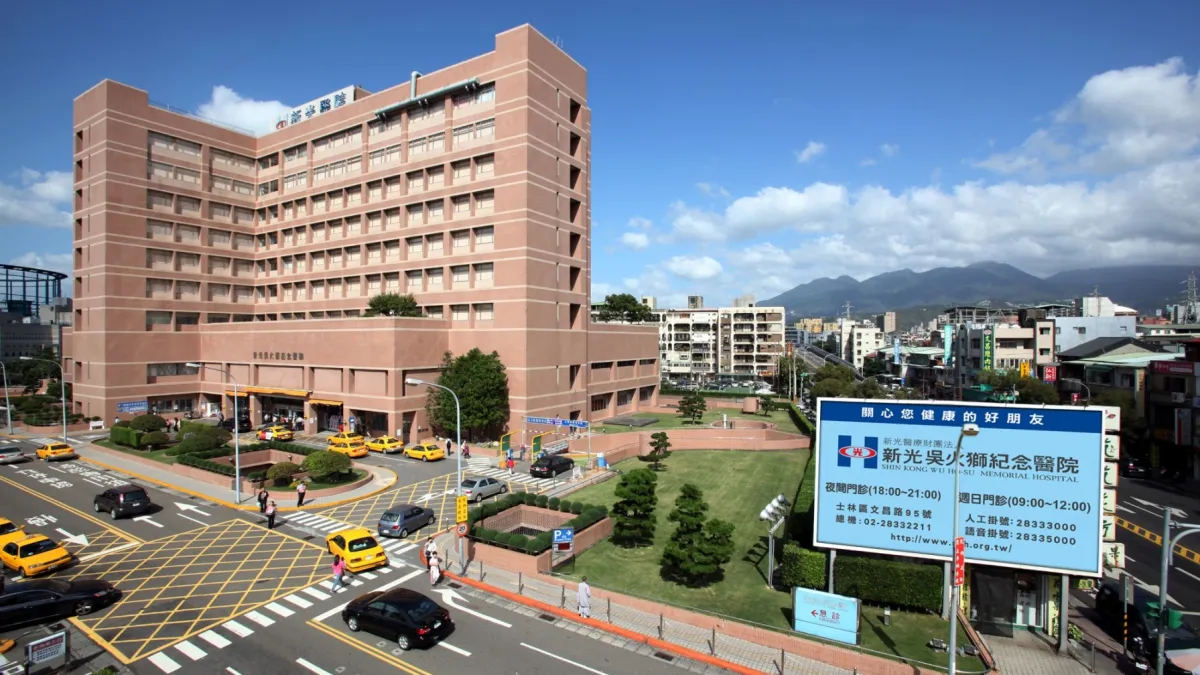


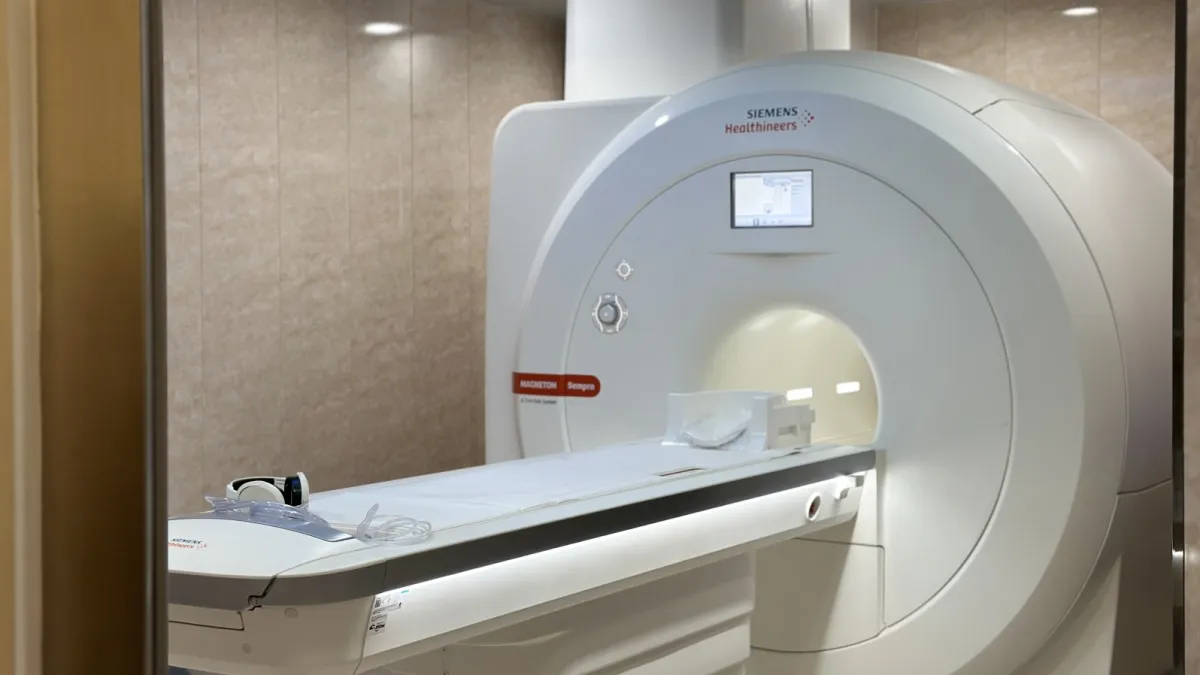
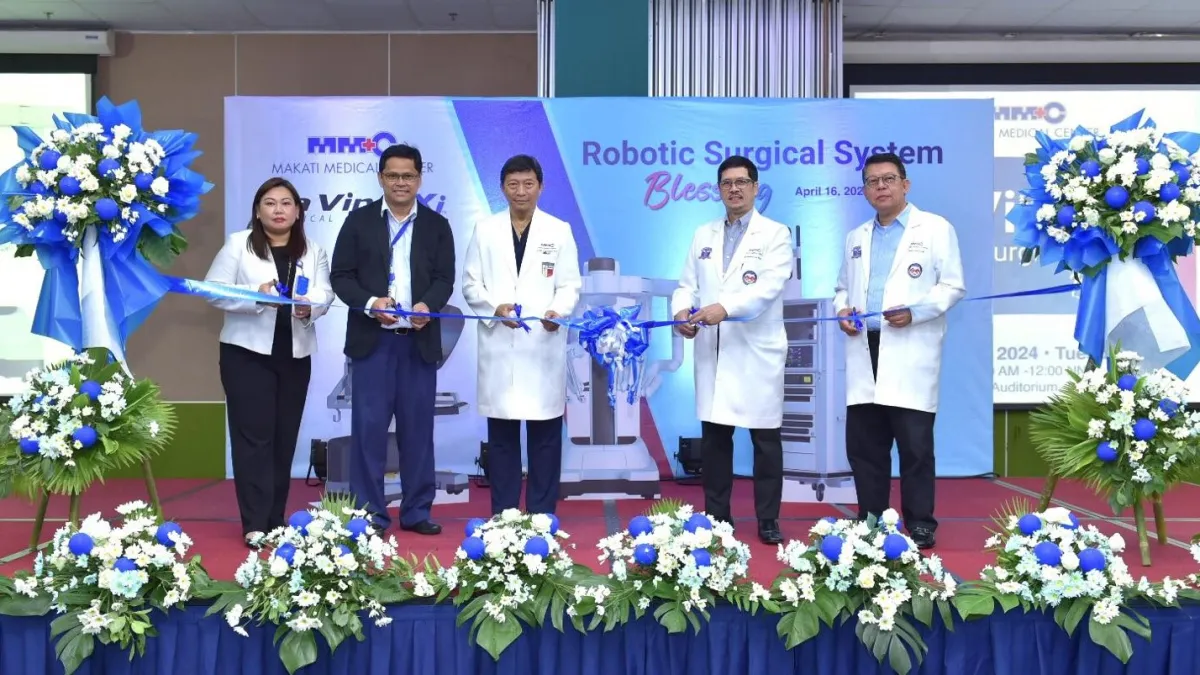



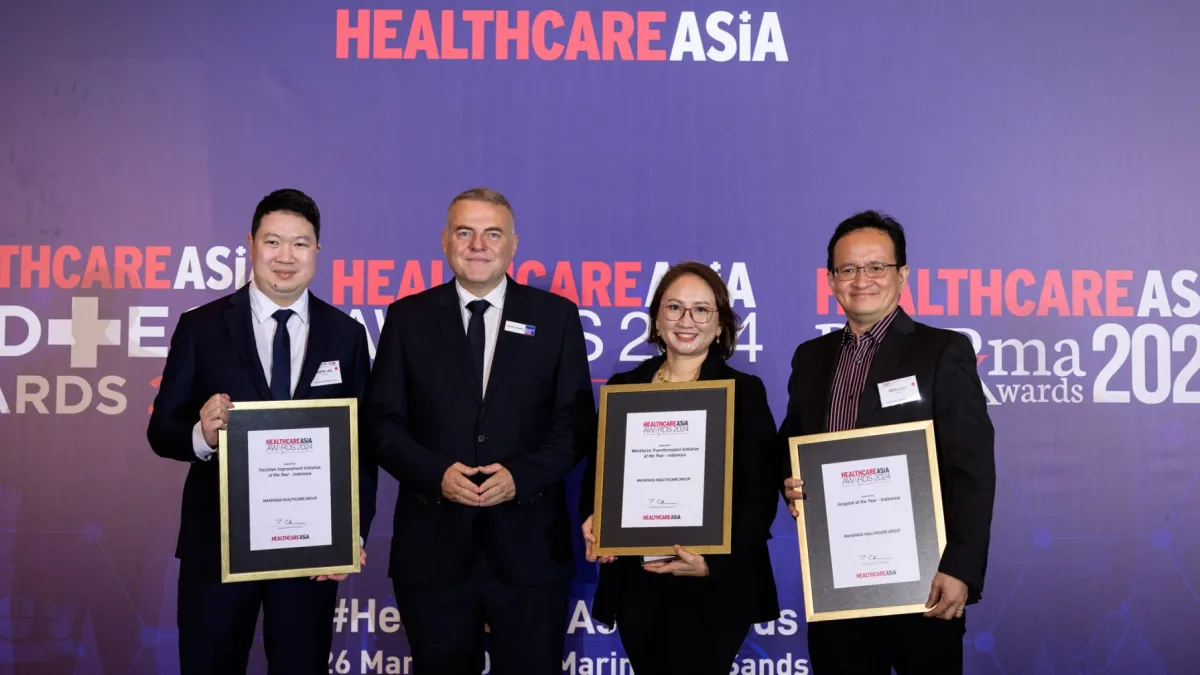
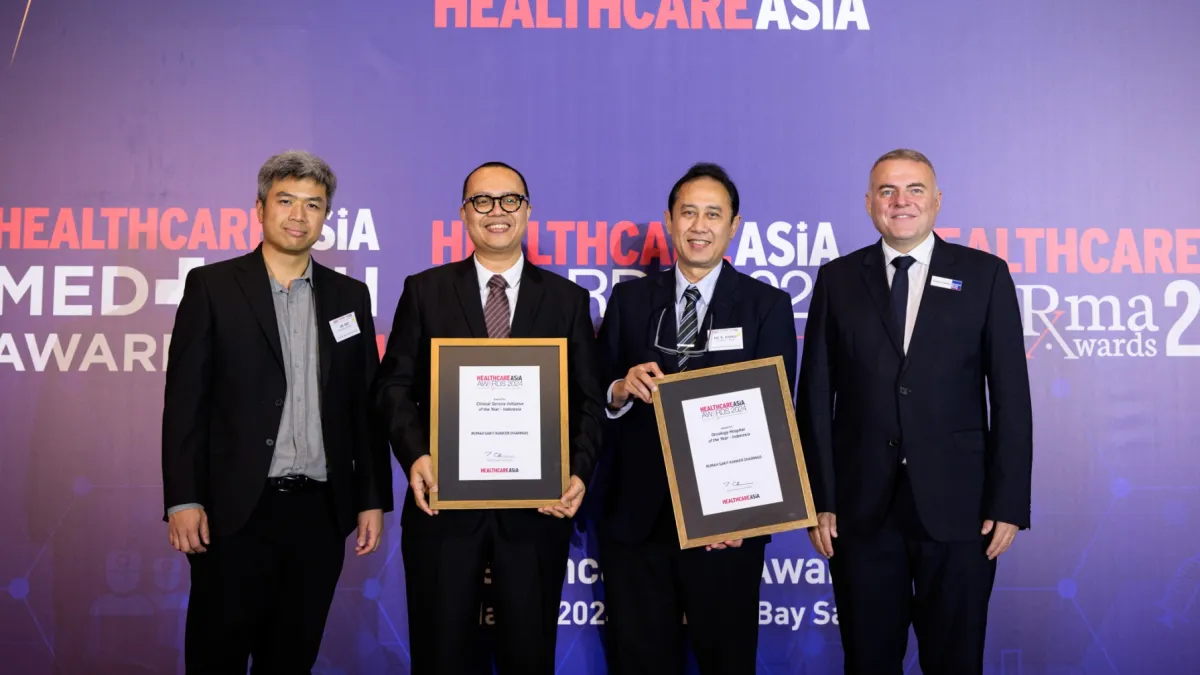

 Advertise
Advertise


